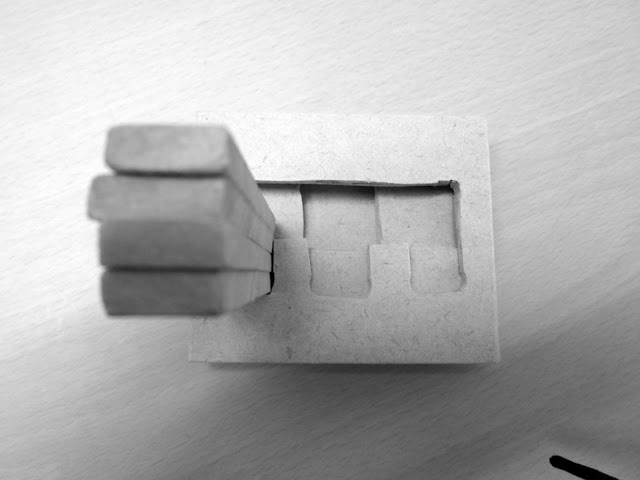About
I am a designer, currently studying Design Innovation at Victoria University of Wellington. My focus areas are website and mobile media development, interaction design, 3D modelling and animation and audio-visual space. My blog shows my journey through each project as well as my learning experience through university.
What do I want to be when I grow up? I have no idea. But I love what I'm learning. Although there have been many bumps along the road in this journey and despite the fact that there are going to be many more, I wouldn't have it any other way.
Labels
Blog Archive
-
▼
2013
(280)
-
▼
May
(62)
- DSDN101: Final Storyboard
- Inspiration
- DSDN171: Assignment 5 (Academic Writing)
- DSDN111: Draft of storyboard
- DSDN101: Adding Sound to Stop Motion Test
- DSDN101: Stop Motion Development
- DSDN101: Peer Critique - Garman Liu
- DSDN101: Updated Storyboard
- DSDN101: Video Precedence
- DSDN111: Model Development
- DSDN101: Storyboard
- DSDN101: 5-10secs Stop Motion
- DSDN101: Stop Motion Test
- DSDN111: Interface Design
- DSDN111: Interface objects around the house
- DSDN111: Staining Wood
- DSDN111: Model Development
- DSDN111: Experimenting with Liquid Latex
- DSDN111: Cardboard Model
- DSDN101: Logo Update
- DSDN101: Storyboard
- DSDN101: Shift & Shake Summary
- DSDN101: Lego Stop Motion Research
- DSDN101: Stop Motion Examples
- DSDN101: Part 2 Brainstorm
- DSDN111: Idea Development
- DSDN111: Idea #1
- DSDN111: How a lock works
- DSDN111: Elbow Movement Diagrams
- DSDN101: Caritas Challenge Final Elements
- DSDN101: Caritas Challenge Car and Shirt
- DSDN101: Typography & Composition Final
- DSDN101: Caritas Challenge Composition
- DSDN101: Slogan Development
- DSDN111: Elbow Movement Research
- DSDN111: The Joint
- DSDN101: Caritas Challenge logo development
- DSDN101: Caritas Challenge Brainstorm
- DSDN171: Trade Me Hunt
- Inspiration
- DSDN111: Presentation Drawing
- DSDN111: Final Model + Summary
- DSDN111: Final Form
- DSDN111: Experimenting With String
- DSDN111: Figure Ground Study
- DSDN101: Final Motion (Part 6)
- DSDN111: Model Development
- DSDN101: Motion Development
- DSDN101: Viewfinder Windows (Part 3)
- DSDN101: Adding Edited Music
- DSDN101: Motion Development
- DSDN101: Researching Music
- DSDN101: Shift Development
- DSDN101: Final Storyboard (Part 5)
- DSDN101: Rotating and Scaling Symbol
- DSDN101: Flash Storyboard Animation
- DSDN101: Initial Storyboard
- DSDN101: Flash Rotation
- Pattern Inspiration
- DSDN111: Model Development
- DSDN101: Geometry of Poi
- DSDN111: Light & Shadow Inspiration
-
▼
May
(62)
















































